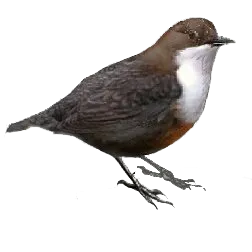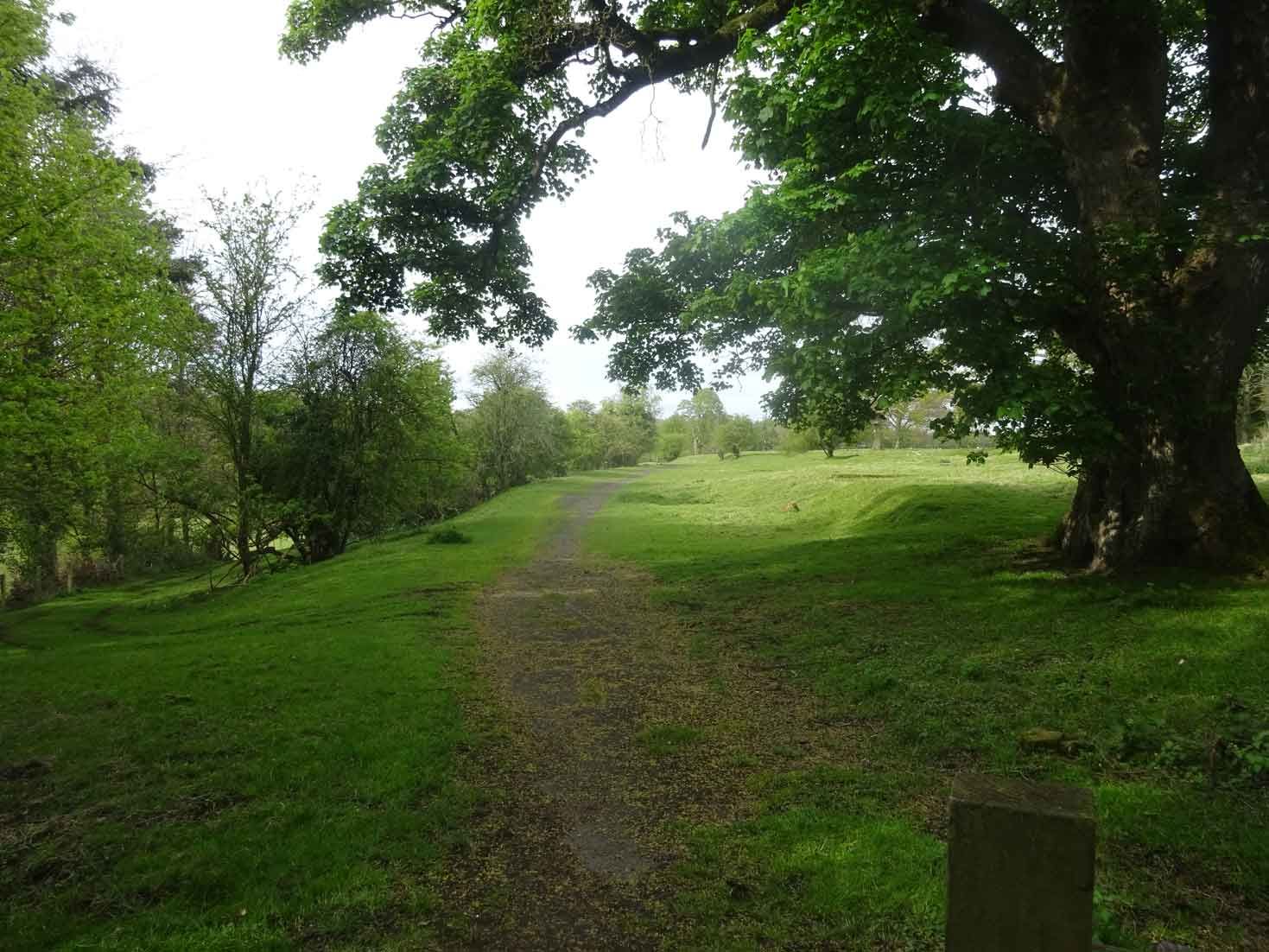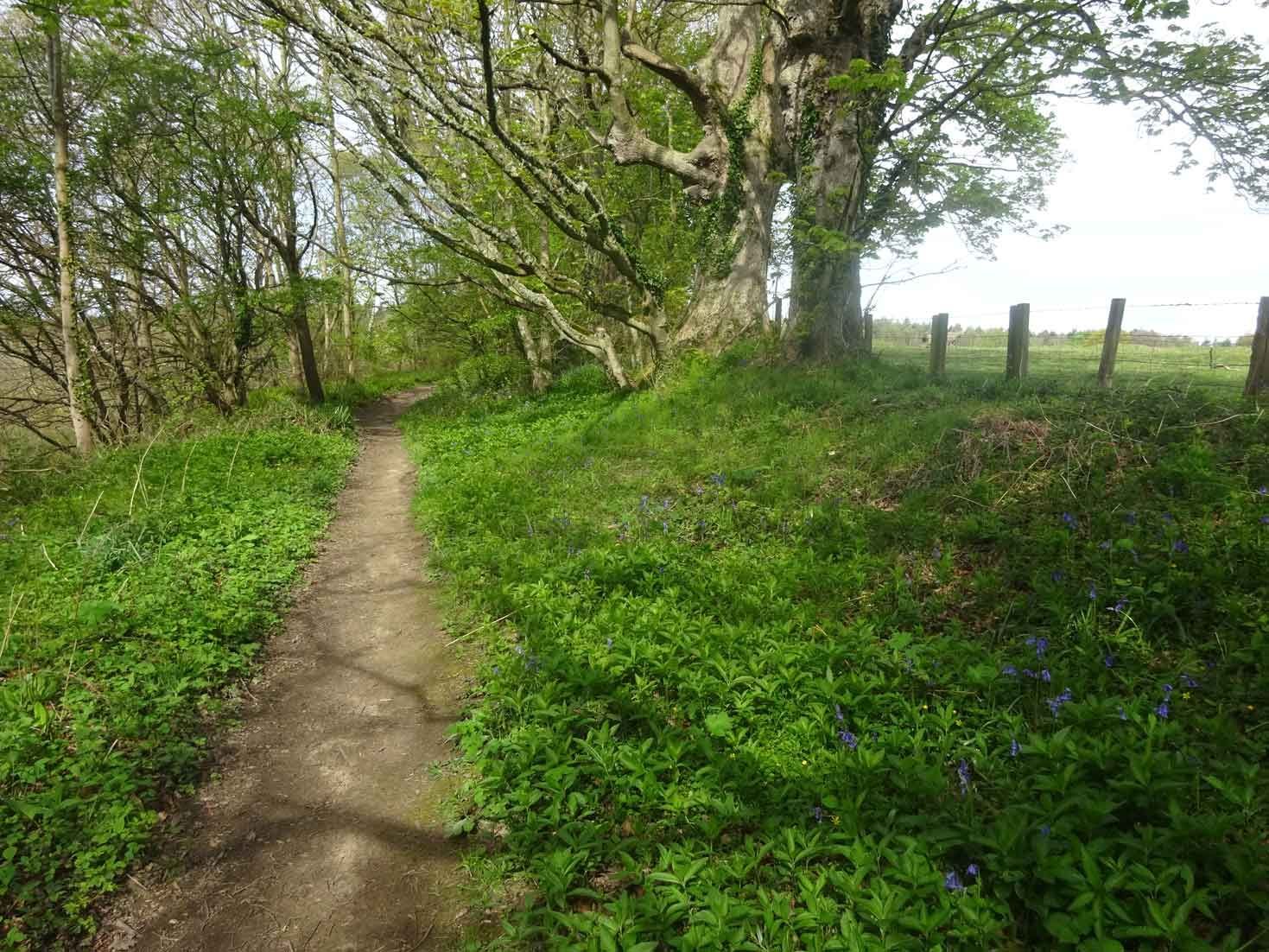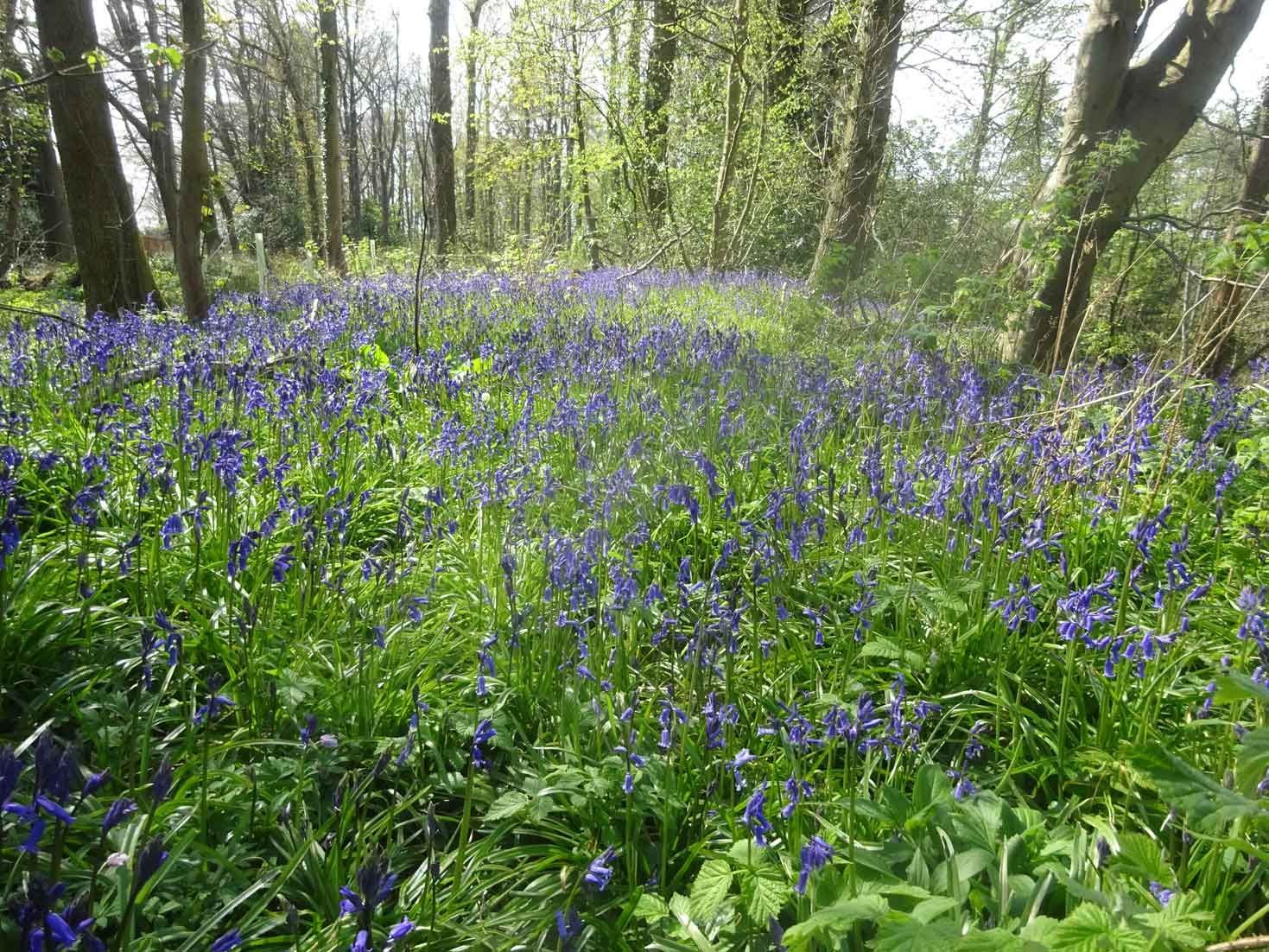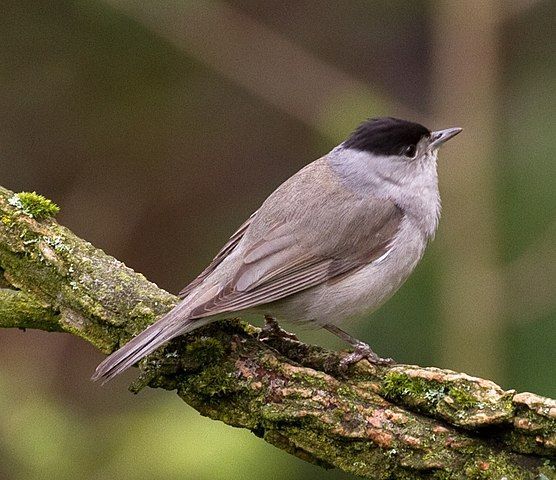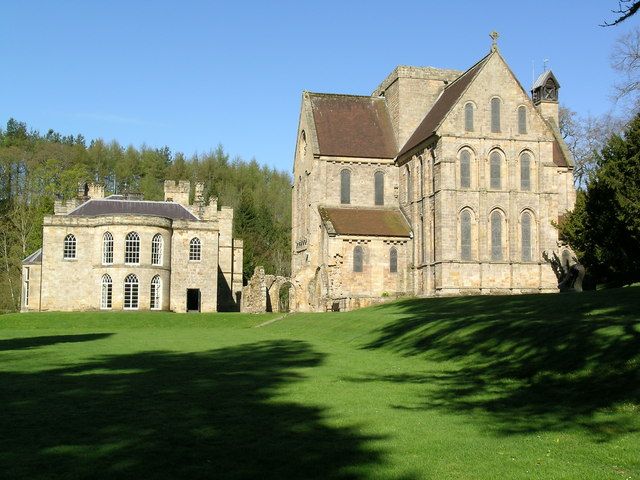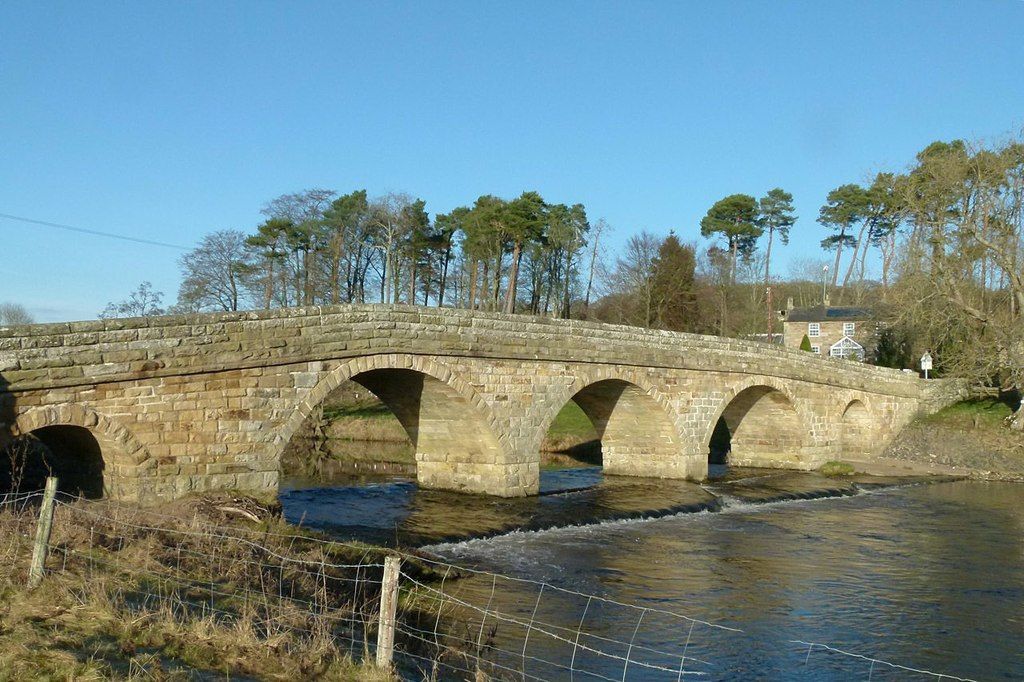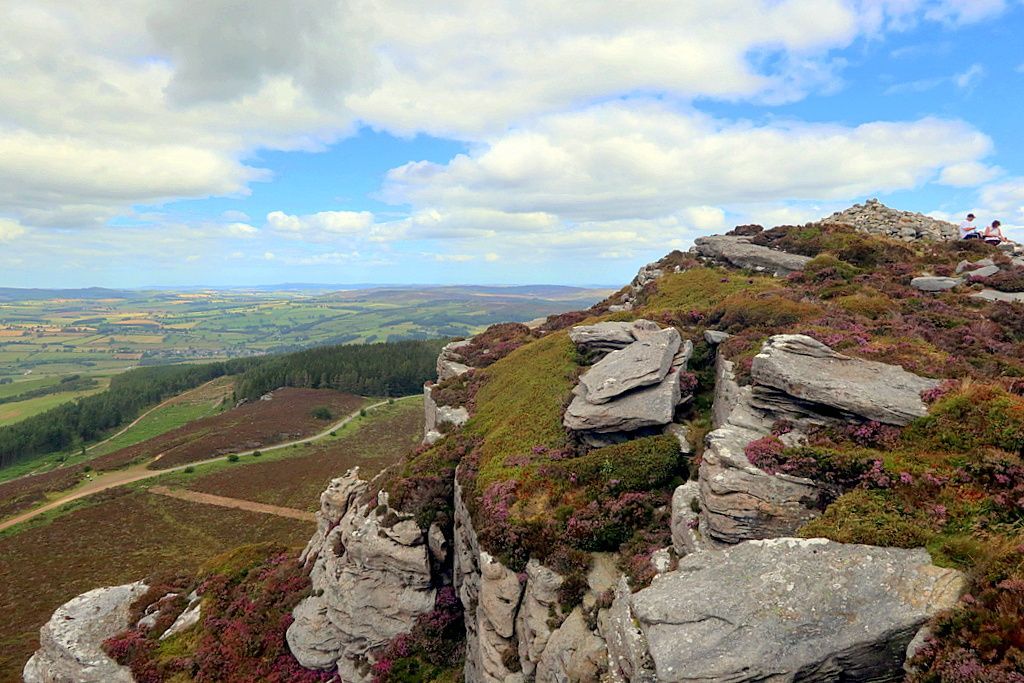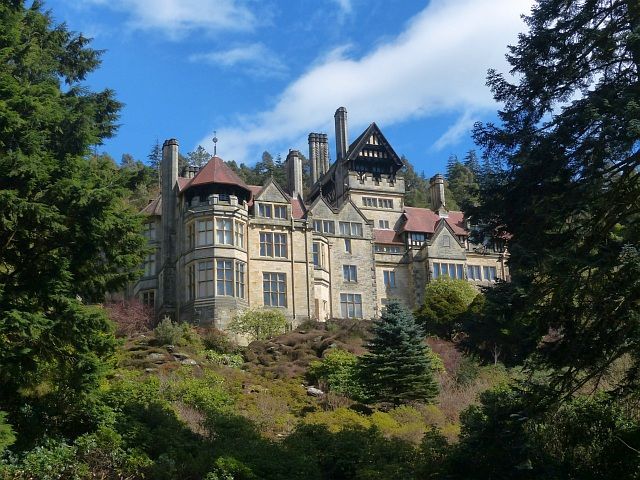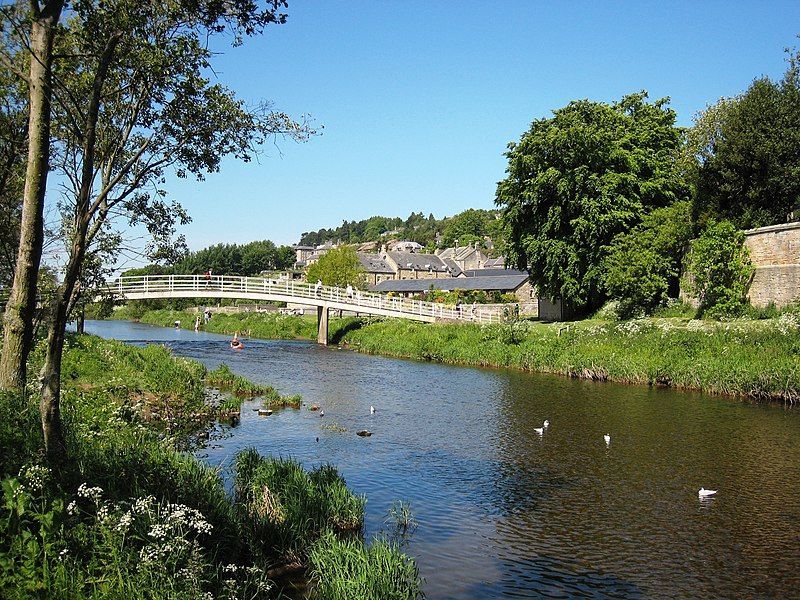St. Oswald’s Way
St. Oswald’s Way is a long-distance walking route, exploring some of the finest landscapes and fascinating history of Northumberland.
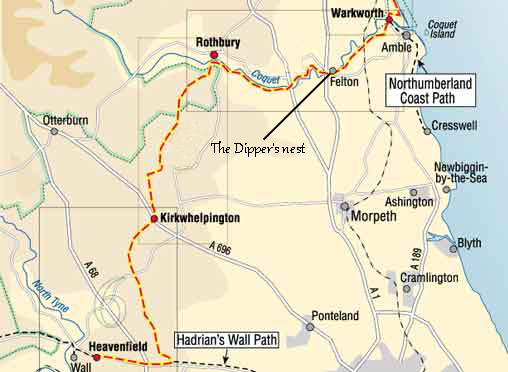
Felton
Simply walk out the door at the dipper's nest and you are on the famous St Oswald's way. Turn right to head down river towards Warkworth, or up river towards Rothbury.
Upstream
The path from Felton to Weldon Bridge passes under the A1 and follows the beautiful river coquet towards Weldon Bridge.
Wild flowers
The woodland walk In spring is delightful with the woods ablaze with bluebells, primrose and saga.
Wild Garlic
A delicious sign of the old, wild garlic is also known as ramsons. Look for them along our shady woodland paths where they coat the woodland floor in spring.
Blackcap
In Spring and Summer listen for the beautiful song of the male blackcap (sylvia atricapilla) commonly known as the 'Northern Nightingale'.
Anglers Arms
Dating back to the 18th century, the original coaching inn once provided refreshment and a place to rest for coaches heading to and from Scotland. The Anglers Arms has been a welcome sight for travellers for almost 300 years!
Brinkburn
Brinkburn Priory is a former monastery built, starting in the 12th century, on a bend of the River Coquet, about 4 miles (6 km) east of Rothbury, Northumberland, England.
The priory church survived the dissolution of the monasteries because it was also a parish church. After decline in the post-dissolution centuries the church was restored in the 19th century. It is a grade I listed building in the care of English Heritage.
Pauperhaugh
Pauperhaugh Bridge
An attractive mid-19th century bridge with 3 unequal arches and two flood arches. Listed Grade II.
Otter
There's always a chance of seeing the secretive otter along the River Coquet.
Simonside Hills
"Oh purple hills of Simonside. Ye olde times sailors guide.
Where the grouse and partridge o'er thy heather glide.
Oft have I seen the blue North Sea from off thy highest hill.
While tiny streams run down thy sides towards old Tosson Mill."
From a poem hanging in the Newcastle Hotel, Rothbury.
Cragside
Cragside is a Victorian Tudor Revival country house near the town of Rothbury in Northumberland, England. It was the home of William Armstrong, 1st Baron Armstrong, founder of the Armstrong Whitworth armaments firm. An industrial magnate, scientist, philanthropist and inventor of the hydraulic crane and the Armstrong gun, Armstrong also displayed his inventiveness in the domestic sphere, making Cragside the first house in the world to be lit using hydroelectric power.
Rothbury
The Capital of Coquetdale
Rothbury is a traditional market town, which is built of the same mellow sandstone as the rolling hills that surround it.
